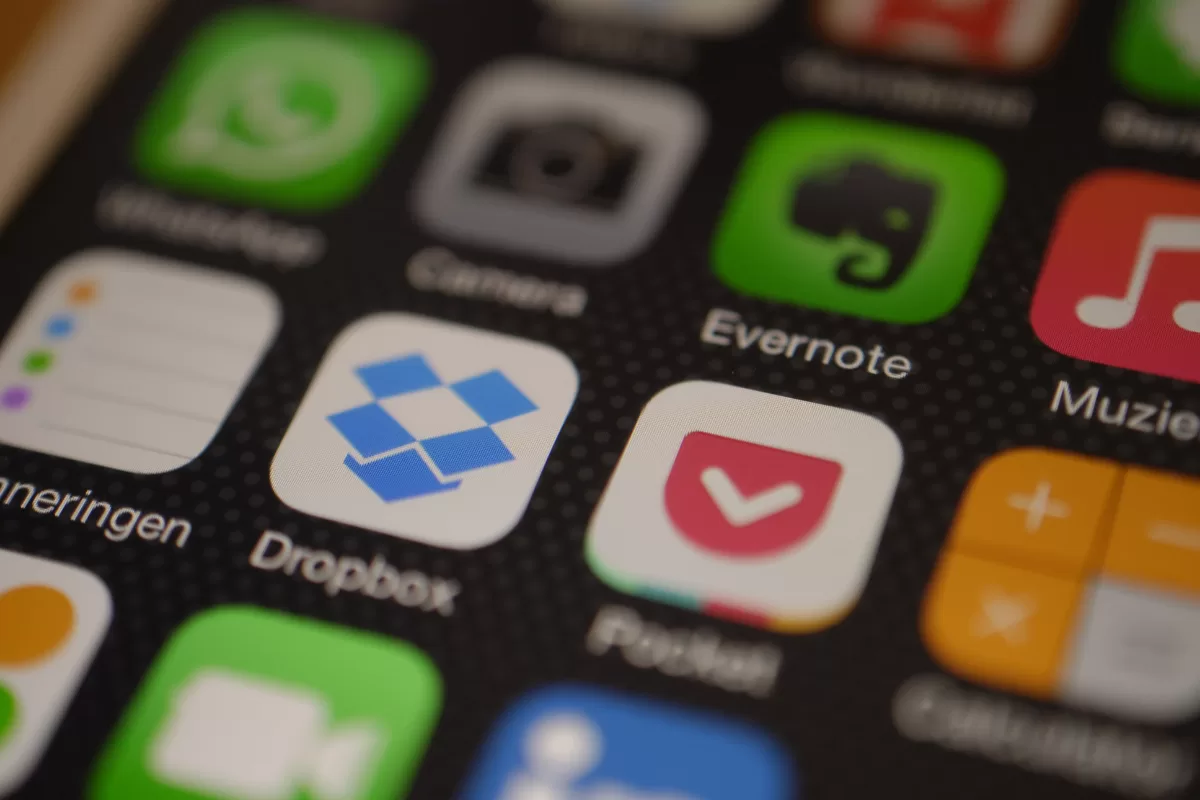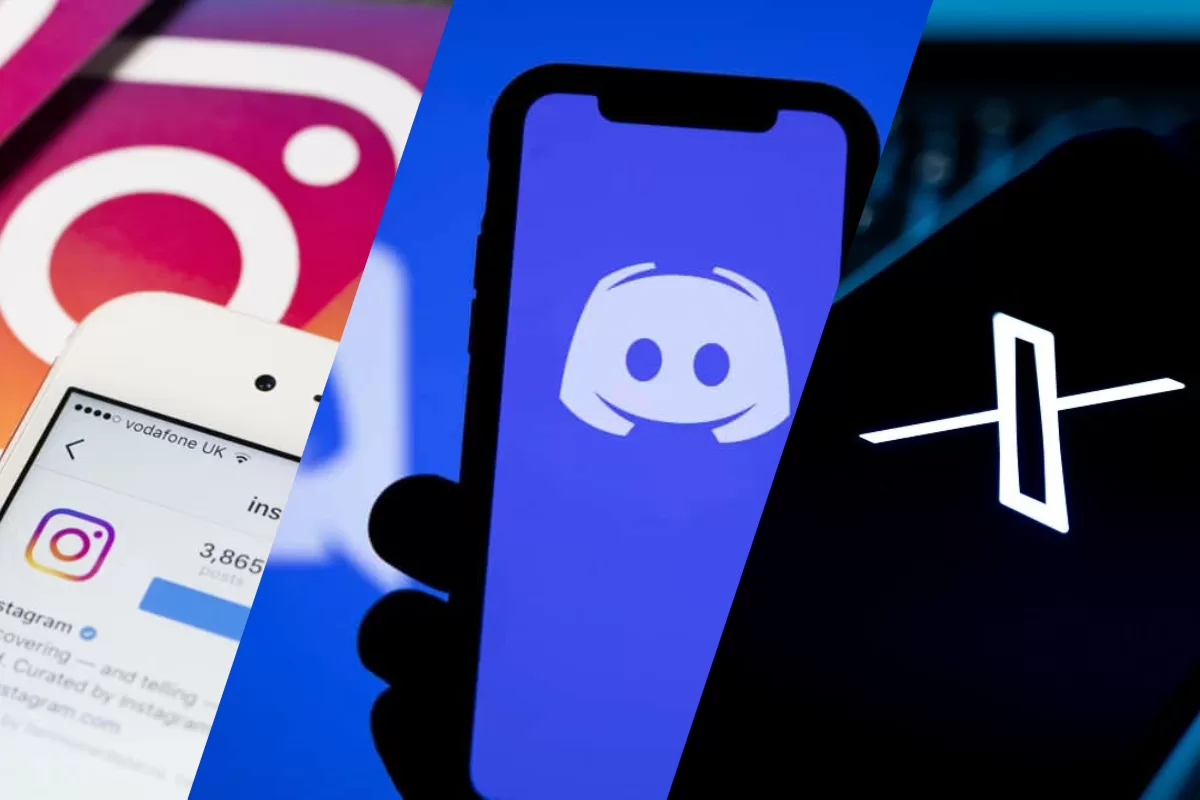Today, with user experience as a top priority, it’s obvious your company wants to launch an app that works smoothly on both Android and iOS, with strong performance, a modern look, and without spending triple the time (or budget). Sounds impossible? Not with hybrid apps.
In this article, we’ll explain in simple terms what hybrid apps are, how they work, when they’re a good fit, and why they can be the smartest solution for your project, especially if you’re aiming for speed and scalability. When it comes to smart development, NextAge knows the way, and we’re here to guide you through it.

What is a hybrid app?
A hybrid app combines the best of both worlds: the practicality of web technologies with the experience of native apps. Instead of writing two separate codebases, one for Android and another for iOS, you develop a single codebase that runs on both platforms.
This is made possible by frameworks like Flutter, React Native, and Ionic, which “wrap” the app so it runs like a native app, but with a web-based core. The result is an app that can be published in official stores (Google Play and the App Store) with performance that’s very close to what you’d get with fully native development.
How does a hybrid app work in practice?
Technically speaking, a hybrid app is built using languages like JavaScript, Dart, or HTML/CSS, and it runs inside a native container that communicates with the device’s features, like the camera, GPS, push notifications, and local storage.
From the user’s perspective, there’s no difference. They download the app from the store, use it normally, and enjoy a smooth experience. Meanwhile, your business saves time and money on maintenance and centralized updates.
What are the real advantages of a hybrid app?
Now let’s get to the good part: why is this technology such a strategic choice for your business?
1. Save time and budget
According to Statista, the average cost of developing a full native app ranges from $40,000 to $300,000, depending on its complexity and the team involved. With a hybrid app, this cost can be cut by up to 50% since much of the code is reused.
2. Faster time to market
Instead of building two apps from scratch, you save time by working with a single codebase. This shortens development cycles and lets you validate your product faster, which is crucial for startups, MVPs, and time-sensitive projects.

3. Wider market reach
You can reach both iOS and Android users at once, key in markets like Brazil, where Android holds about 78% of the share, while iOS represents the more affluent user base.
4. Easier maintenance
Fixing bugs, launching updates, and improving features is faster and more cost-effective. With a strong tech team, like NextAge’s squads, you can keep your app updated without missing deadlines or blowing your budget.
What kind of projects are best for hybrid apps?
Not every app needs to be native. Here are some perfect use cases for hybrid development:
- MVPs and market validation.
- Internal or enterprise apps.
- Delivery, booking, or marketplace platforms.
- Content, education, and customer loyalty apps.
- Startups with lean teams and limited budgets.
Even big names like Uber, Skype, and Nubank have adopted hybrid approaches (fully or partially) at different stages of their product journeys.
Hybrid app examples
Chances are, you use hybrid apps every day without even realizing it. Here are a few examples that highlight their impact:
- Instagram: Initially a fully native app, Instagram was rewritten using React Native, the hybrid framework created by Meta, to allow broader access and scalability across mobile and web.
- Discord: This chat platform for gamers was built as a hybrid app from the start. Developers prioritized fast UI implementation and quick over-the-air fixes using a single codebase.
- X (formerly “Twitter”): With around 245 million active daily users, “X” faced major performance issues. When the app migrated to a hybrid architecture, many bugs were quickly resolved, and stability improved significantly.

Why is NextAge the ideal partner for hybrid app development?
Building a hybrid app goes far beyond choosing a framework. It requires a deep understanding of your business, solid product planning, a seamless user experience, and high-quality delivery on time.
That’s exactly what NextAge delivers. We’re a tech outsourcing company offering multidisciplinary squads ready to take on your project from end to end, including developers, UX designers, QA professionals, and Tech Leads all working together.
We’ve partnered with companies across various industries, building digital solutions that truly add value. And we have hands-on experience with the leading hybrid frameworks in the market.
We build technology with purpose
Hybrid apps are a smart choice for businesses that need speed, cost-efficiency, and scalability. They offer a great user experience and accelerate time to market, without compromising quality.
If you’re considering building an app for your business, it’s definitely worth evaluating whether a hybrid model is the right fit. And for that, you can count on real experts.
NextAge is ready to help. Let’s talk and turn your idea into an app that drives real results.






